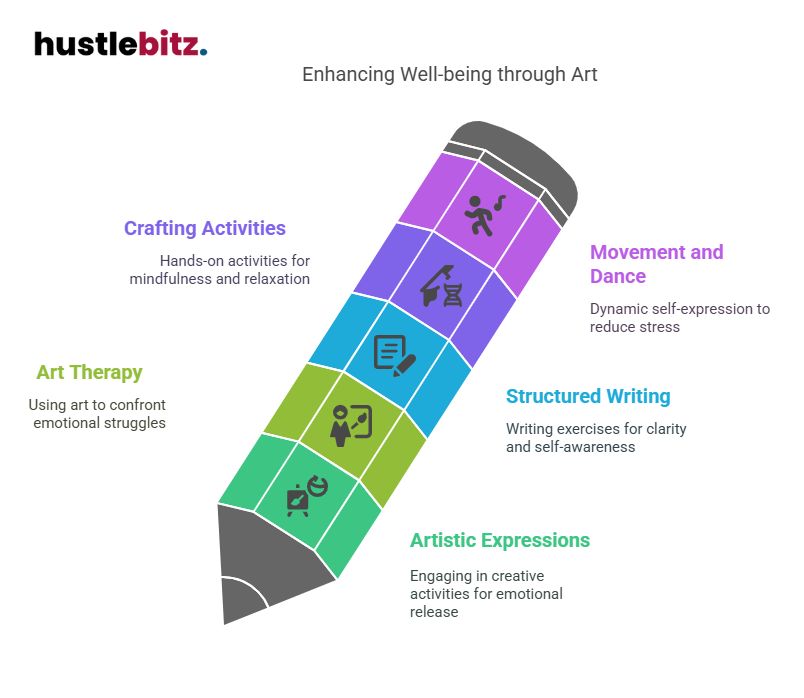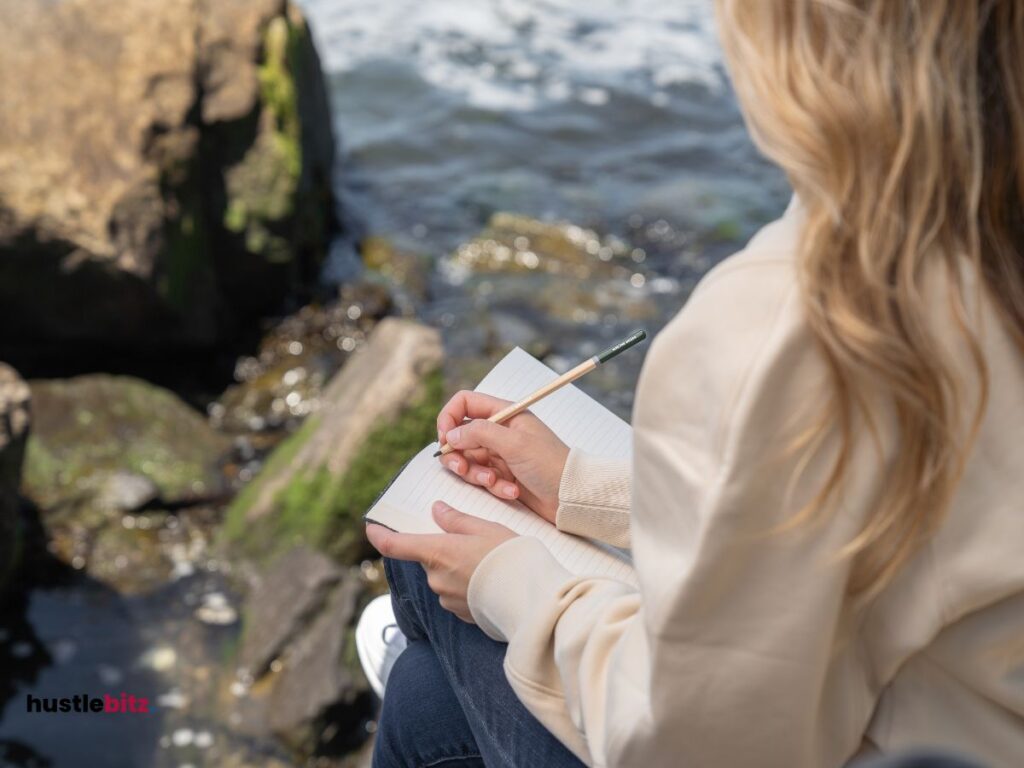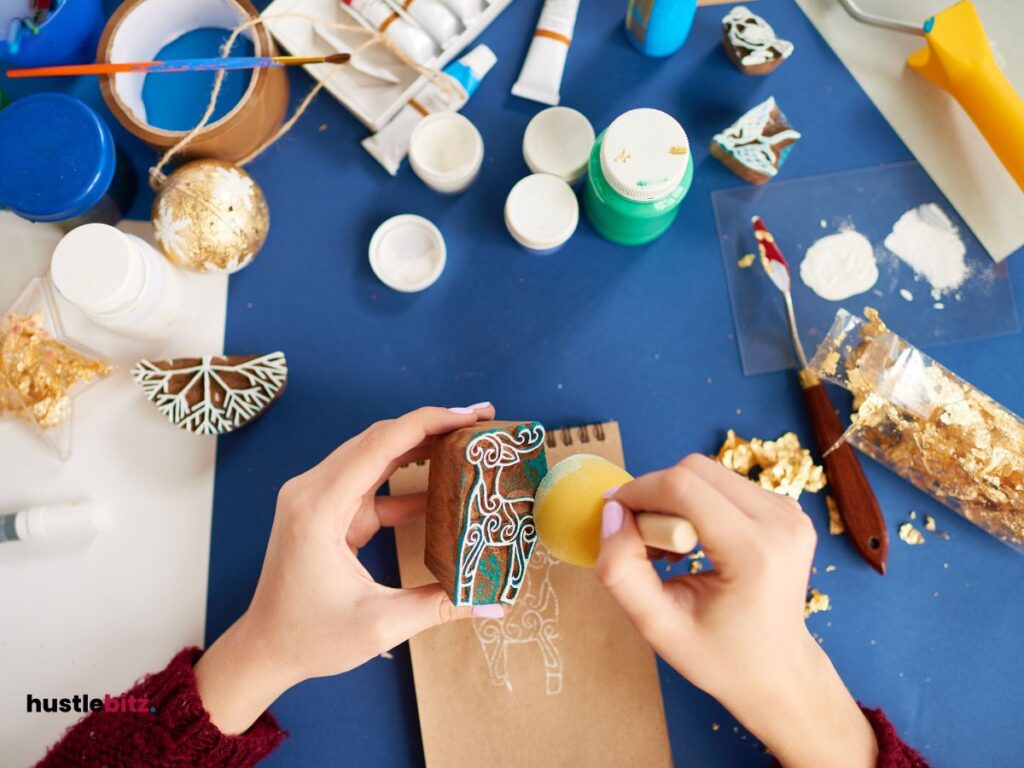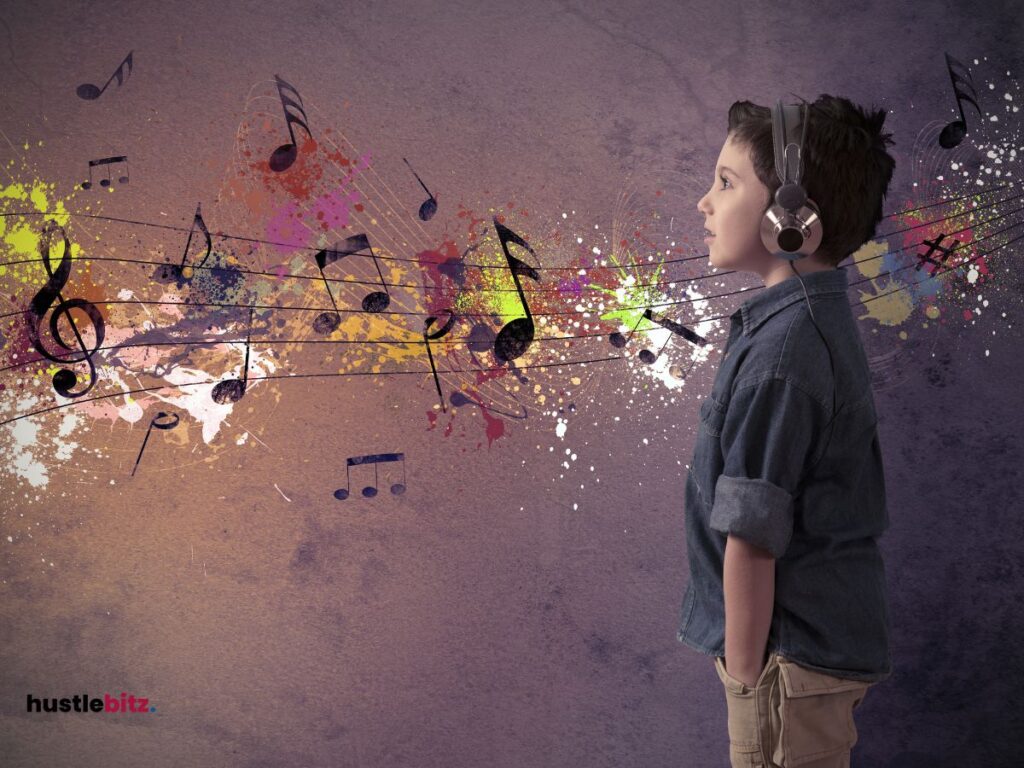Creative self-care promotes joy and relaxation by providing individuals with expressive outlets that enhance emotional well-being. Practices such as painting, writing, crafting, and dancing allow for emotional release and foster mindfulness. Art therapy supports individuals in exploring complex feelings, while journaling cultivates clarity and self-awareness. Crafting offers tangible accomplishments, while movement encourages connection with one’s body. Additionally, engaging with music through creation or listening can evoke deep emotions and provide comfort. These activities not only serve as a form of stress relief but also empower personal growth and resilience. Discover more about specific techniques and their benefits.
Key Takeaways
- Engaging in artistic expressions like painting, writing, and music fosters emotional release and enhances relaxation.
- Practicing art therapy promotes mindfulness and aids in confronting emotional struggles through creative outlets.
- Structured writing exercises provide clarity, empowering individuals to process emotions and improve self-awareness.
- Hands-on crafting activities encourage mindfulness and relaxation, resulting in a sense of accomplishment.
- Movement and dance serve as dynamic forms of self-expression, reducing stress and enhancing personal well-being.

The Importance of Creative Self-Care
Creative self-care is essential for enhancing emotional well-being, as it allows individuals to express themselves, relieve stress, and cultivate a deeper connection with their inner selves. In today’s fast-paced world, the importance of self-care cannot be overstated. It is a powerful tool that empowers individuals to reclaim control over their mental health, enabling them to navigate life’s challenges with confidence and resilience.
Engaging in activities that bring joy is a cornerstone of creative self-care. These activities not only serve as a means of personal expression but also act as a buffer against the pressures of daily life. By immersing oneself in creative pursuits, whether through art, writing, or music, individuals can effectively reduce stress and anxiety, creating a sanctuary for their minds and souls. This intentional engagement fosters a profound sense of satisfaction and fulfillment, ultimately enhancing overall well-being.
Moreover, creative self-care promotes a holistic approach to health by integrating mental, emotional, and physical aspects of life. When individuals prioritize these creative outlets, they develop a greater self-awareness and a more profound understanding of their needs. This self-reflection empowers them to make informed decisions that contribute to their personal growth and emotional resilience.
Exploring Different Creative Outlets

A variety of artistic expressions, such as painting, writing, and music, can serve as effective outlets for personal exploration and emotional release. Engaging in these creative self-care activities not only allows for self-discovery but also empowers individuals to confront and articulate their emotions. The integration of creative outlets into your self-care regimen can significantly improve your mental health, offering a means to process experiences that may otherwise remain unexpressed.
Consider exploring diverse self-care ideas that resonate with your personal interests. For instance, writing poetry or journaling can enhance introspection, while painting can unleash a flood of colors that mirror your inner landscape. Music, whether through playing an instrument or composing melodies, can evoke feelings and memories, acting as a powerful conduit for emotional expression. These activities not only bring you joy but can also serve as a form of meditation, promoting relaxation and tranquility.
Furthermore, the act of creating shifts focus from stressors and distractions, allowing for a mental reprieve. By dedicating time to these fulfilling activities, you cultivate an environment ripe for creativity, ultimately enhancing your overall well-being. Embrace the myriad possibilities that creative self-care offers, and choose those that resonate with you. By doing so, you forge a path towards rejuvenation and empowerment—essential elements in enhancing your life’s quality and achieving a profound sense of joy.
Art Therapy: Painting Your Emotions

Art therapy, particularly through the medium of painting, provides a unique avenue for individuals to visually express and process complex emotions. This powerful form of self-care transcends traditional therapeutic methods, allowing individuals to unlock their inner landscapes and articulate feelings that may be difficult to verbalize.
Painting your emotions serves as a transformative process, fostering a deeper connection between the mind and body, which is essential for robust mental health.
Engaging in art therapy empowers individuals to confront their emotional struggles head-on. Through the act of painting, one can channel feelings of anger, joy, sadness, or confusion onto the canvas, resulting in a tangible representation of their internal state. This act not only facilitates emotional release but also encourages introspection, enabling individuals to gain insights into their psychological well-being.
Furthermore, creative self-care through art therapy can significantly enhance resilience. The process of creating art cultivates mindfulness, allowing individuals to remain present and engaged, thereby reducing anxiety and stress levels. As one immerses themselves in colors and forms, they discover an effective coping mechanism that nurtures self-expression and emotional regulation.
In essence, art therapy is not merely a recreational activity; it is an essential component of self-care that champions mental health. By embracing the practice of painting your emotions, individuals can reclaim their power, foster emotional healing, and cultivate a profound sense of joy and relaxation.
Writing for Healing and Clarity

Many individuals find that writing serves as a powerful tool for healing and gaining clarity amidst emotional turmoil. Engaging in a structured writing practice can significantly enhance one’s self-care routine, allowing for the expression and processing of complex emotions. This form of writing, often referred to as ’writing for healing,’ invites individuals to explore their thoughts and feelings in a safe space, fostering a deeper understanding of their emotional health.
On a dedicated mental health day, setting aside time to write can be transformative. By articulating experiences, individuals not only confront their emotions but also establish a narrative that empowers them to reclaim their story. This act of writing can effectively reduce stress and anxiety, providing a therapeutic outlet that nurtures resilience and promotes well-being.
Moreover, the benefits of writing extend beyond mere expression; it can serve as a valuable reflective tool. By reviewing past entries, one gains insight into patterns, triggers, and personal growth, creating a roadmap for future emotional navigation. This self-reflection fosters clarity and encourages proactive strategies for self-care.
Incorporating writing into your self-care routine not only cultivates emotional awareness but also strengthens your ability to cope with life’s challenges. Ultimately, writing for healing is an accessible and potent practice that champions mental well-being, empowering individuals to navigate their internal landscapes with confidence and clarity.
Crafting: Hands-On Relaxation

Engaging in crafting activities offers a tangible outlet for relaxation and self-expression, complementing the introspective benefits of writing for healing.
Crafting serves as a powerful tool for individuals seeking to reclaim their time and channel their creativity into productive self-care activities. As one immerses in the process of creating—whether through knitting, painting, or woodworking—there is an undeniable shift in focus that fosters a sense of mindfulness. This immersive experience allows practitioners to disconnect from external stressors, grounding them in the present moment.
The act of crafting not only provides a creative outlet but also promotes emotional well-being. Engaging in these activities can lower stress levels, enhance mood, and bolster self-esteem by allowing individuals to visualize their progress and achievements. Each completed project stands as a testament to one’s capabilities, nurturing a sense of accomplishment that is vital for personal growth.
Moreover, crafting is inherently versatile; it can be tailored to fit various preferences and skill levels, making it an accessible avenue for all. By incorporating elements of creative self-care into daily routines, individuals can cultivate a sanctuary of relaxation amidst life’s demands.
This hands-on approach not only rejuvenates the mind but also strengthens the connection between body and spirit, reinforcing the importance of self-care practices. Ultimately, crafting emerges as an empowering pathway to mindfulness and fulfillment, encouraging a balanced lifestyle infused with joy and creativity.
Movement and Dance as Expression
Movement and dance provide a dynamic form of expression that transcends verbal communication, allowing individuals to convey emotions and experiences through the rhythm of their bodies. Engaging in movement and dance as expression is not merely an artistic endeavor; it is a powerful tool for self-discovery and emotional release.
By incorporating self-care activities that bring joy and fulfillment, one can significantly enhance personal well-being. Self-care ideas to help with stress reduction and emotional management often include physical activities that resonate with one’s inner self. Dance, whether improvised or choreographed, allows the body to articulate feelings that may be difficult to verbalize. This non-verbal communication fosters a deeper connection with oneself and the surrounding environment, ultimately leading to a more profound sense of empowerment.
Moreover, regular engagement in movement and dance can improve your health, both physically and mentally. The benefits of such activities extend beyond mere exercise; they encourage the cultivation of mindfulness, increase body awareness, and promote emotional resilience. The social aspect of dance can create a sense of community, further enhancing one’s emotional landscape.
To truly harness the transformative power of movement, individuals should seek out opportunities to dance freely, whether in solitude or within a group setting. By prioritizing these activities, one can construct a robust self-care routine that not only uplifts the spirit but also fortifies overall health.
Embrace movement and dance as expression, and watch as your life transforms into a more vibrant and fulfilling journey.
Music: Creating and Listening

Creating and listening to music serves as a profound avenue for emotional expression and personal reflection, enriching one’s self-care routine. Engaging in activities that involve music—whether through playing an instrument, composing, or simply curating playlists—can significantly enhance mental and physical health. These self-care tips not only foster creativity but also promote a deeper understanding of one’s emotions and experiences.
Incorporating music into your daily life can be a transformative practice in creative self-care. The act of creating music allows for a unique outlet for feelings that may otherwise remain unvoiced. This process can be empowering, as it enables individuals to reclaim their narrative and channel their energy into a constructive form.
For those who prefer listening, the right melodies can provide solace, stimulate inspiration, or evoke nostalgia, all of which contribute to emotional well-being. Moreover, music therapy has been widely recognized for its therapeutic benefits, aiding in the reduction of anxiety, depression, and stress.
By prioritizing music in your self-care regimen, you not only cultivate joy and relaxation but also harness its potential to heal. Therefore, consider dedicating time each week to immerse yourself in the world of sound, whether through attending concerts, exploring new genres, or simply enjoying quiet moments with your favorite tracks.
Embrace music as a powerful ally in your journey toward holistic well-being, and watch as it enriches your life in ways you never imagined.
Final Thoughts
Creative self-care is a powerful way to nurture joy, relaxation, and emotional well-being. By engaging in activities like painting, writing, crafting, movement, and music, you can find meaningful ways to express yourself and process emotions. These practices not only provide stress relief but also empower you to connect more deeply with your inner self. Remember, self-care is a personal journey—explore different creative outlets to discover what brings you the most joy and fulfillment. Prioritizing these activities will enrich your life, foster resilience, and help you maintain a balanced, joyful state of mind.




